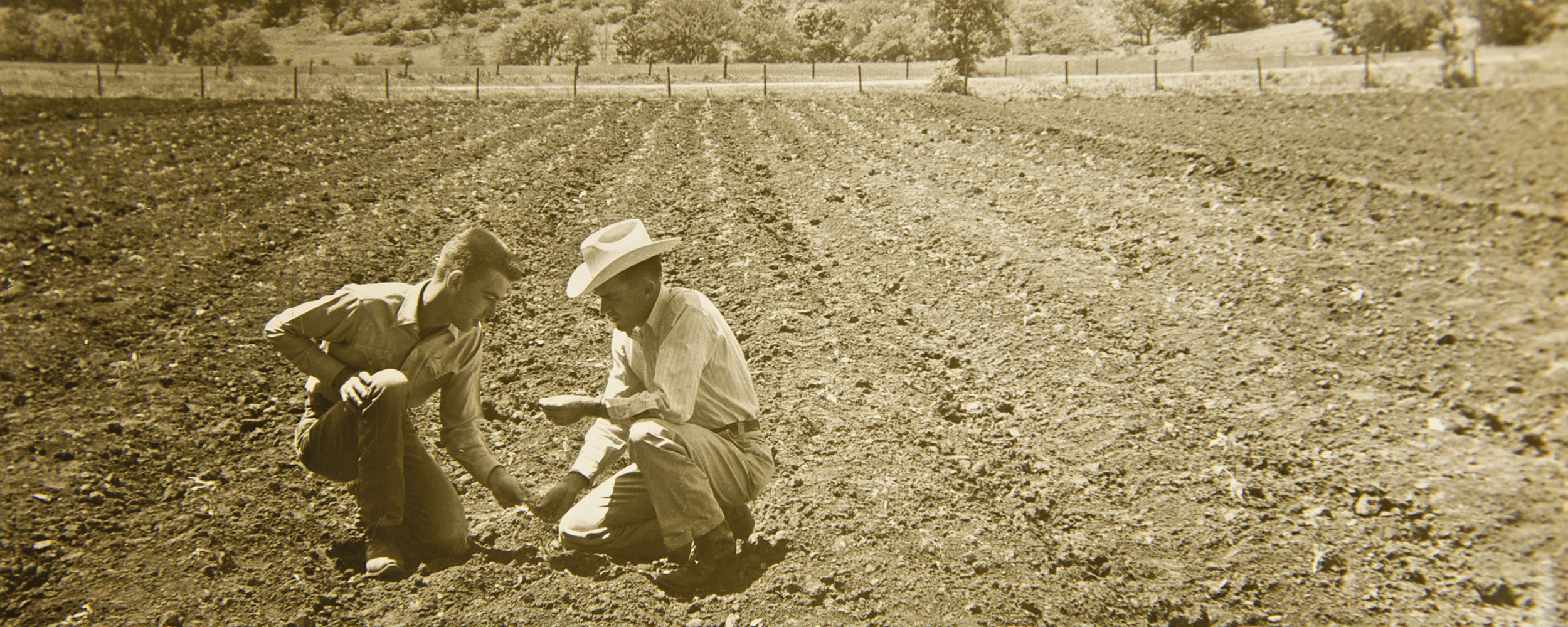
Education, Everywhere for Everyone: Extension celebrates 110-year anniversary
Monday, May 6, 2024
Media Contact: Mack Burke | Associate Director of Media Relations | 405-744-5540 | editor@okstate.edu
Every week, Sonya McDaniel drives over to Bethel Elementary from her office in Shawnee, Oklahoma, to meet with young, curious minds.
The Pottawatomie County Extension director, who also serves as the family and consumer sciences and 4-H educator for her local office, leads a development program called Character Critters for pre-K students as well as anti-bullying programs for first and second graders. Every Tuesday and Thursday, she visits the classroom of second grader Julianna Kuchynka with games and crafts.
“Mom always says there’s enough ugly in the world, and we need more people who are good and kind,” said Julianna, who participates in Cloverbuds, a program for the county’s youngest 4-H members.
Her mother, Caitlin Kuchynka, volunteers as a Bethel 4-H leader.
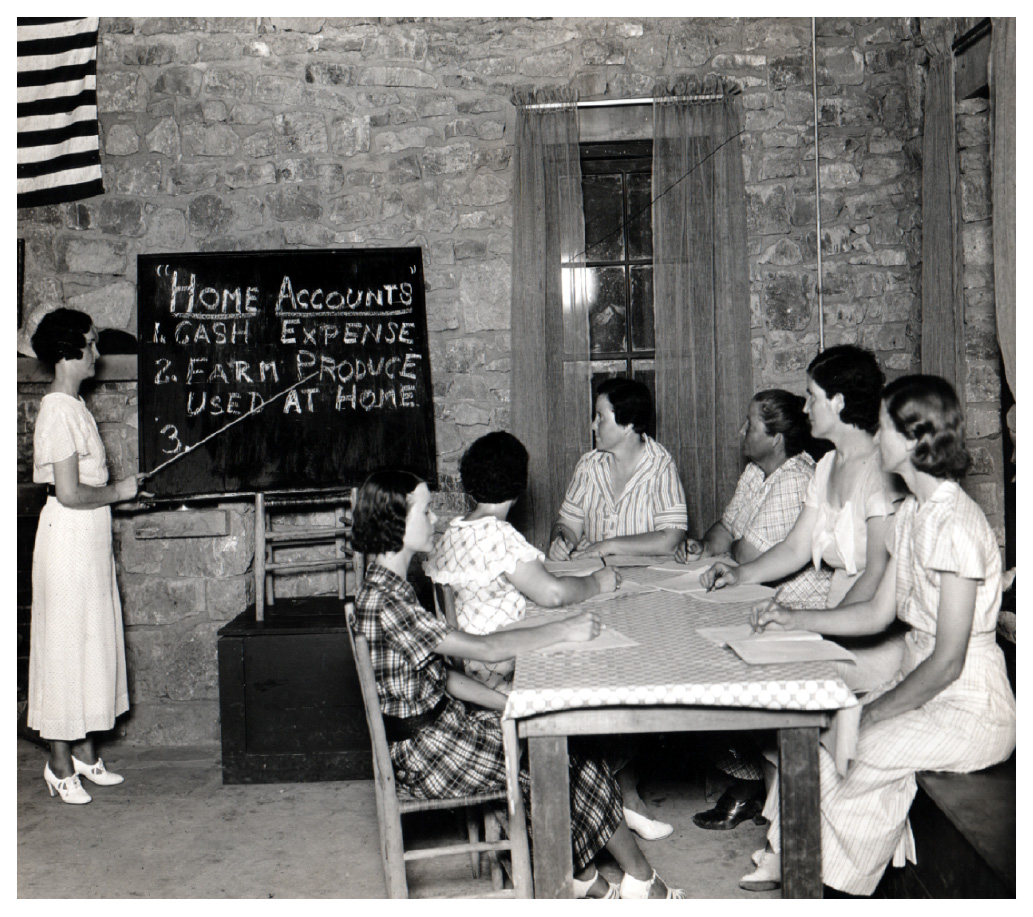
“I see how children are impacted when they are not raised to recognize each other’s differences,” Caitlin said. “Pottawatomie County OSU Extension and Bethel Public Schools go out of their way to encourage kindness. Extension does a great job of developing youth programs that get kiddos out and about in communities.”
With an office in each of Oklahoma’s 77 counties, OSU Extension educators are a model of community leadership. When educators learn of an opportunity to solve a problem or help residents of any age, they forge a path. Equipped with programs, community partners and OSU’s land-grant university resources, Extension employees are a county’s built-in advocate for health, safety, community and economic development, and agriculture.
“We are blessed in this state to have a system with educators in every county where communities have access to programming for both urban and rural populations,” said Dr. Jayson Lusk, vice president and dean of OSU Agriculture. “We must maintain that presence and continue to take the latest research and translate it for people as it relates to agricultural production, youth programs, health, STEM education and other areas imperative to today’s communities to enrich and improve the lives of Oklahomans.”
OSU Extension marks its 110th anniversary in 2024. When the federal government passed the Smith-Lever Act in 1914 to create a nationwide agricultural Extension service, OSU founded Oklahoma Cooperative Extension to teach, train and support families while advancing the state’s economy and agricultural industry.
The rich heritage of OSU Extension is grounded in the university’s origin as a land-grant institution.
The Land-Grant Trifecta
The Morrill Act of 1862 granted federal lands on which to build public universities throughout the country to provide agriculture, military and engineering instruction to members of the working class.
In 1887, the Hatch Act authorized federal money to establish an agricultural experiment station that was directly connected to each state’s land-grant institution. Oklahoma’s experiment station was located on land that became Oklahoma A&M College in 1890.
With teaching and research components established by 1900, founding a Cooperative Extension service through the Smith-Lever Act in 1914 completed OSU’s land-grant trifecta. The Smith-Lever Act permanently authorized ongoing federal support for Extension services through the U.S. Department of Agriculture and required states to match federal funding with additional dollars to assist in state and county Extension efforts.
“Our educators live and work in communities where strong ties foster programming that is responsive to local needs,” said Dr. Damona Doye, associate vice president of OSU Extension. “At the same time, personal conversations help inform the larger OSU system about what emerging research or new educational programming could improve the quality of life for residents or boost a county’s economic growth.”
The Evolution of Extension
While the early days of Extension are often associated with grainy, black-and-white images of specialists visiting dusty fields on the Oklahoma prairie to offer farming advice, OSU Extension looks much different today.
Programming has evolved over decades, with digital resources and online courses to modernize and remain relevant in communities. Educators are the heart of a county Extension office. Specializing in family and consumer sciences, agriculture and natural resources, economic development and 4-H youth development, these educators are liaisons between Oklahomans and OSU.
“Extension is quickly adaptable to address timely or emerging issues with field experts, state and federal resources, and a large volunteer base,” Doye said.
Family and Consumer Sciences
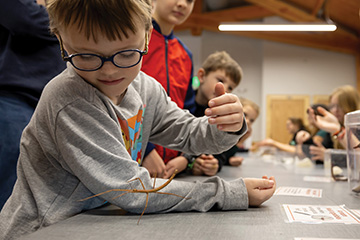
One flagship program housed under the family and consumer sciences umbrella is the Community Nutrition Education Program.
In 2023, OSU Extension food and nutrition education courses reached more than 143,000 program participants and their family members, improving diet quality, physical activity, food resource management and food security.
Cushing Upper Elementary fourth grade students have participated in the Payne County Extension Cooking School for more than a decade. The daylong experience teaches youth life skills in the kitchen, from food safety and meal prep to cooking and cleanup. In small groups, they cook a meal from start to finish and share their dishes with the entire class. At the end of the day, they take home a cookbook of the simple and tasty meals they learned to prepare.
“Cooking School requires the students to work together, and they are encouraged to taste all of the foods,” said Cushing Upper Elementary fourth-grade teacher Brandie Loftis. “They learn so much in that one day, and it changes the outlook on cooking for some kids. Some may cook for younger siblings in their household, or others may have to cook for themselves.”
Health
OSU Extension also encompasses community health efforts to help families improve their diet and adopt more active lifestyles.
Sandy Pogue is a retired teacher and member of the Oklahoma Home and Community Education organization through Stephens County Extension. Founded in 1935 as home demonstration clubs, Oklahoma Home and Community Education provides emotional and financial well-being, leadership development and more to 3,200 members in all 77 counties.
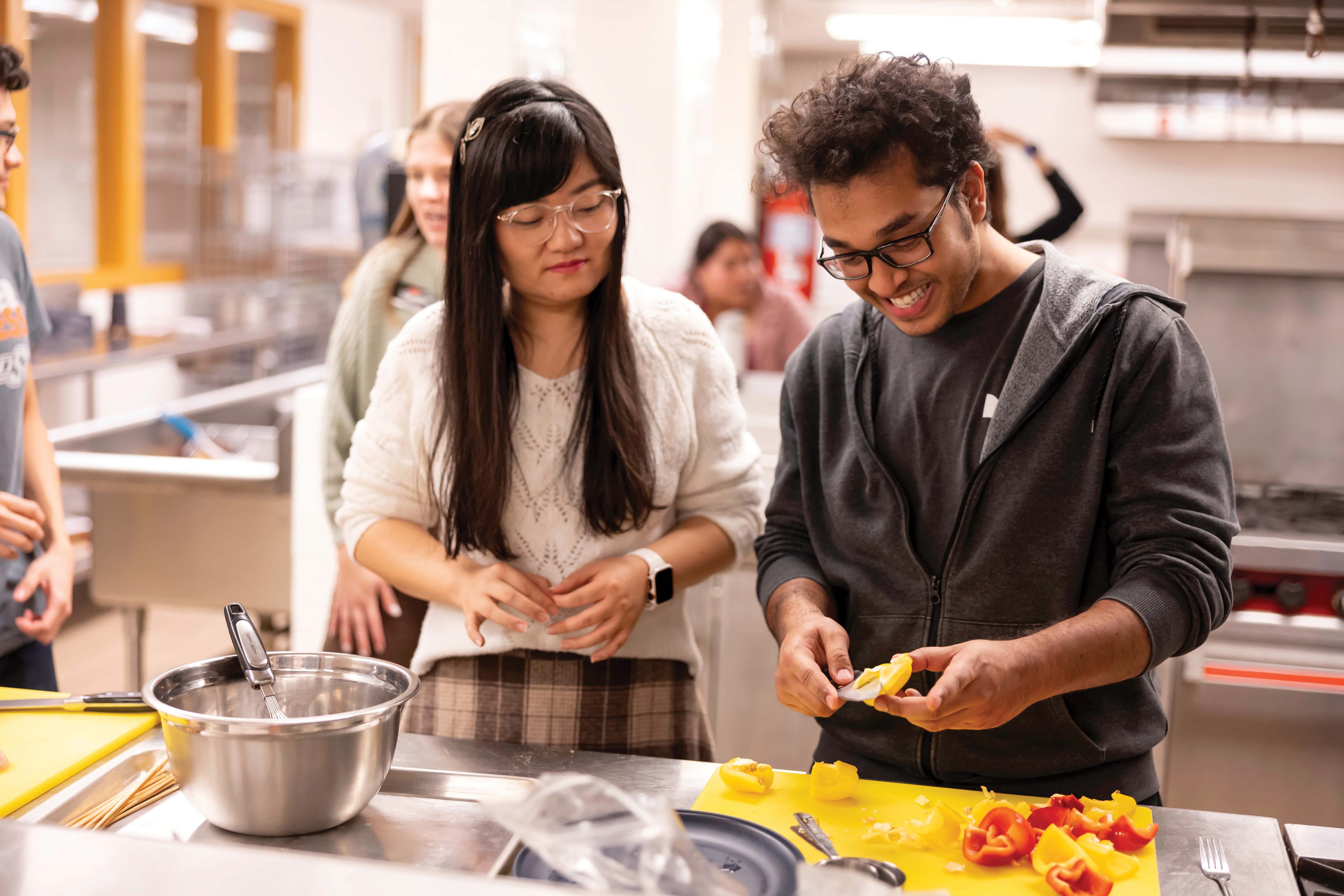
Pogue sought her network of Extension resources for diabetes prevention tools and discovered the Centers for Disease Control and Prevention curriculum Prevent T2, a program that changed her life. In October 2022, she and her mother began the yearlong Zoom series hosted by Dr. Lauren Amaya, OSU Extension diabetes prevention specialist.
“I’m overweight, and I knew there was a chance in my later years that I would become diabetic if I didn’t do something about it,” Pogue said.
Weekly Zoom calls and program materials helped Pogue and other Prevent T2 participants increase energy, improve their overall mental health and regulate their diets.
Within the past two years, OSU Extension has also created pivotal new state specialist positions to help combat health disparities and address issues such as obesity, and opioid and substance use.
Other Extension efforts, such as the Co-Parenting for Resilience program operated in the OSU College of Education and Human Sciences, promote active parenting, caregiving education and mental health advocacy. Co-Parenting for Resilience has served thousands of Oklahomans within the past year.
4-H Youth Development
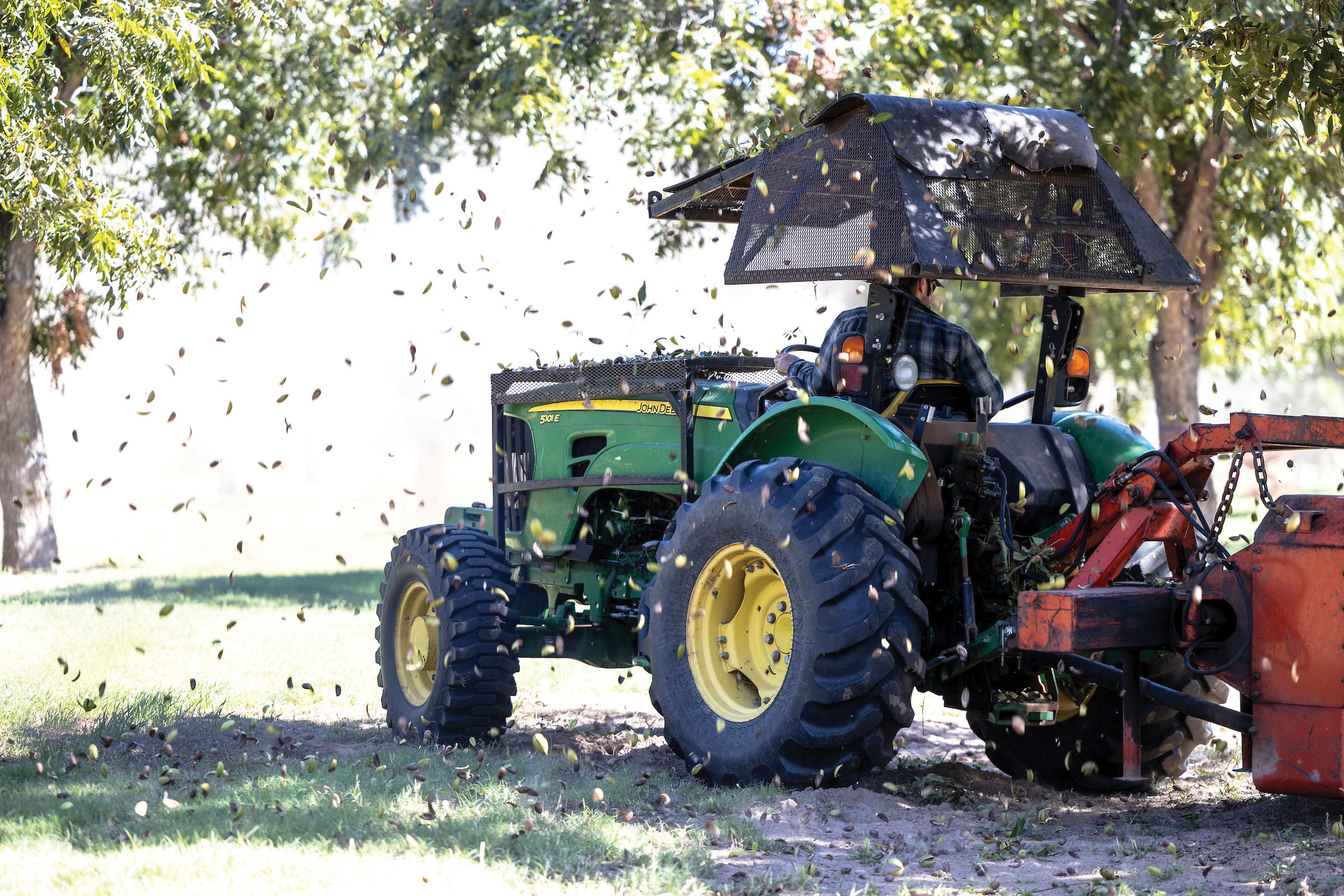
Oklahoma’s award-winning 4-H youth development program is nationally known for its service projects and innovative student leaders. Oklahoma 4-H enrolls more than 12,500 members and reaches 175,800 youth across the state.
Participants excel in STEM activities, livestock exhibition, leadership development, nutrition and health skill competitions, outdoor sports and activities, and character enrichment.
“One of the foundational parts of 4-H is how it helps you train for the heart of service,” said former Grady County 4-H member Keely Ratcliff. “It’s so easy to focus on yourself, but life is about loving people, enjoying relationships and learning about the gifts you have for service.”
Ratcliff developed a passion for health and fitness projects in 4-H that eventually called her to a career in medicine. Now 26, she is a team physician assistant for OSU Athletics and will soon see patients at the OSU Family and Sports Medicine clinic in Sand Springs, Oklahoma.
“I learned how to communicate and care about people. 4-H taught me how to do that in a practical way — to connect and help others,” she said.
Steve Beck, Oklahoma 4-H assistant director and state program leader, said the positive youth development concepts and hands-on life skill instruction help children and teens take clear and intentional steps toward adulthood.
“We know that our youth are two times more likely to participate in healthy activities and be civically engaged, and they are four times more likely to be involved in community service than youth involved in other activities outside of school,” he said.
Agriculture and Natural Resources
Extension systems across the country are traditionally associated with agriculture, and in a state like Oklahoma, the agriculture industry is a primary driver of economic development.
From livestock and crops to horticulture and wildlife, OSU Extension was founded on the prospect of advancing rural enterprise. Today’s OSU Extension agriculture state specialists and educators are on call with information and firsthand experience to answer questions about financial record keeping, broadband internet service, wheat disease, raising livestock and more.
“Our strength in community programming will continue to impact rural and urban areas throughout Oklahoma for another 110 years and beyond.”
Signature programs within OSU Extension’s agriculture division include Master Gardener, Master Cattleman and Master Irrigator certifications rooted in research-based curricula designed to enhance participants’ proficiency in their area of specialty.
Kenny Wilson, a 58-year-old rancher in southeast Oklahoma, completed the OSU Extension Master Cattleman certification three years ago and said his cow-calf operation has benefited from the education through stronger quality control and higher market premiums.
“I’ve combined the ranching methods I was taught as a kid to the modern ways I’ve learned in later years,” Wilson said. “I knew I needed somebody to tell me what I should be doing with my herd and back it up with the reasons why I should be doing it that way.”
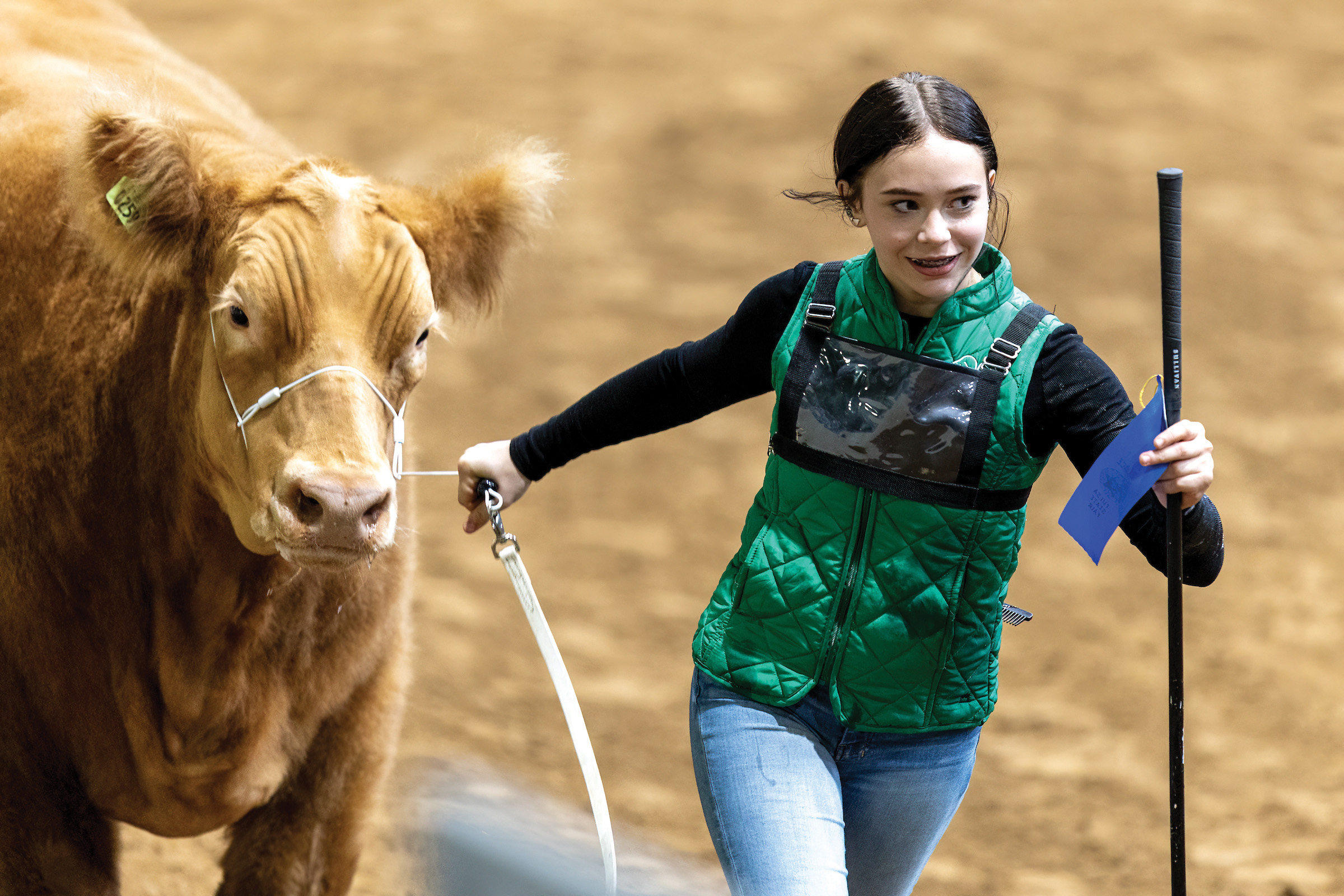
Working with experts at the Oklahoma Department of Agriculture, Food and Forestry, OSU Extension is a base for anyone involved in agriculture, including grape growers, pecan farmers, beekeepers, backyard poultry owners, wheat producers and cattle ranchers.
Oklahoma Secretary of Agriculture Blayne Arthur said agriculture has been essential in supporting families and building businesses in Oklahoma for more than a century, and OSU Extension has made much of that possible.
“OSU Extension has been a mainstay of Oklahoma agriculture for generations, providing information and tools to move our industry forward in all four corners of our state and every community in between,” Arthur said. “From increasing efficiency and productivity in the field or feedlot, to developing future ag and community leaders, to helping families thrive, the OSU Extension network has positively impacted every Oklahoman in some way.”
Timeless relationships formed in the early days of Extension are still prominent in today’s culture of programming and educational opportunities. In the future, OSU Agriculture hopes to add even more educators, resources and programs that advance the lives of residents statewide.
“Our strength in community programming will continue to impact rural and urban areas throughout Oklahoma for another 110 years and beyond,” Doye said.
Photos by: Mitchell Alcala, Todd Johnson, the Oklahoma Historical Society and OSU University Archives
Story by: Gail Ellis and Sierra Schupp | STATE Magazine
